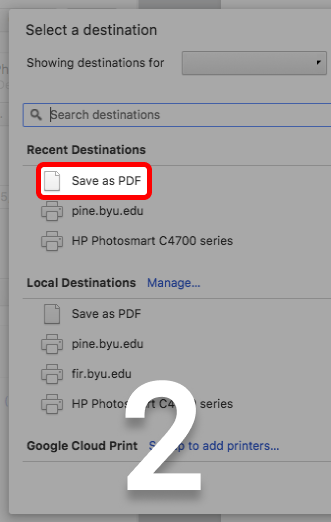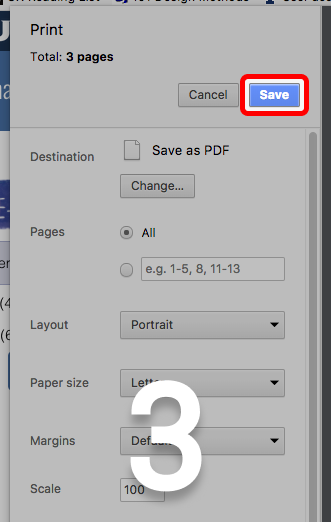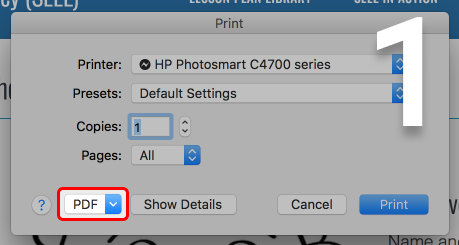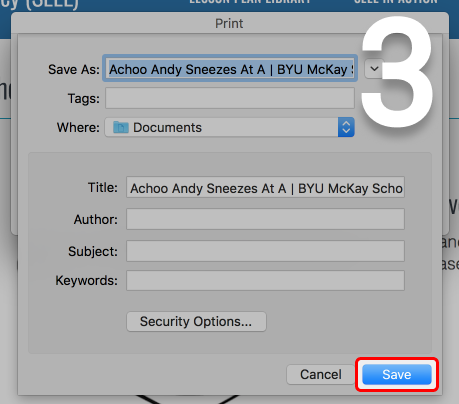Call for the Ball
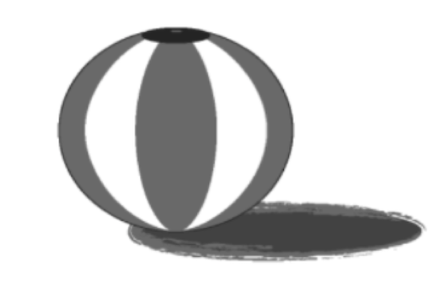
Lesson Plan
Target Words:
- all
- ball
- call
- wall
- fall
- small
Materials:
- Several types of balls (e.g., plastic balls, paper balls, cotton balls)
- Sticky notes or small pieces of paper
- Call for the Ball target text*
- Best Ball of All target text*
- Which Is the Best Ball of All? target text*
*Items included below.
State and Model the Objective
Tell the children that they will call for a ball and will read and write words that end with the double -ll, such as all, tall, ball, call, small, fall, and wall.
Literacy Activities
Call for the Ball
- Read the Call for the Ball text (found below), pointing out the letter combination -ll in words like ball, call, wall, and hall.
- Have the children follow the instructions in the text to play a game using the several types of balls:
- Give all the balls to one child (the thrower).
- Have the other children (the catchers) stand in a line facing the thrower.
- Tell the catchers to call, “Ball!”
- Let the thrower toss all the balls to the catchers.
- Look to see who caught the smallest ball.
- Invite the child who caught the smallest ball to be the new thrower.
- Have the children list the words from the text that end with the -ll letter combination (e.g., all, ball, small, call).
Choose the best ball of all
- Allow the children to choose a ball.
- Comment on which balls are small and which are not small.
- Tell the children to stand tall against a wall, hold a ball, and let it fall.
- Have the children decide if the ball bounced as high as they are tall.
- Let the children try to bounce different balls against the wall.
- Have the children decide which ball is the best of all.
- Write smallest ball of all on a piece of paper to crumple into a small ball.
- Allow the children to label the other balls (e.g., small ball, not a small ball, not the best ball).
Read target words
- Read the target text Best Ball of All (found below) to the children, pointing out the words with the -ll letter combination.
- Engage the children in reading the text with you.
- Read the text again, fading support.
- Repeat the reading process with the target text Which Is the Best Ball of All? (found below).
Write about the activity using target words
- Introduce a word wall displaying the words fall, tall, call, all, ball, hall, wall, stall, and small.
- Have the children write a sentence or two expressing ideas about calling for balls, throwing them against a wall, and deciding which is the best ball of all (e.g., "The small ball is the best ball of all." "I call for the small ball").
Read More
SEEL Target Texts
Call for the Ball
Let’s all play ball.
A player called the thrower gets all the balls.
Some balls are big, and some balls are small.
The other players call for the balls.
All together, they call, “Ball!”
A player called the thrower gets all the balls.
Some balls are big, and some balls are small.
The other players call for the balls.
All together, they call, “Ball!”
The thrower throws all the balls.
The catchers all try to catch a ball.
Then they look to see who caught the small ball.
The player with the smallest ball gets to throw the balls next!
The catchers all try to catch a ball.
Then they look to see who caught the small ball.
The player with the smallest ball gets to throw the balls next!
Best Ball of All
Let’s call our friends to play ball.
We can all play ball.
Come, play ball!
Pick a ball.
Try to pick the best ball of all.
Stand tall.
Bounce your ball.
See if your ball bounces as high as you are tall.
Did you pick the best ball?
Did your ball bounce as high as you are tall?
We can all play ball.
Come, play ball!
Pick a ball.
Try to pick the best ball of all.
Stand tall.
Bounce your ball.
See if your ball bounces as high as you are tall.
Did you pick the best ball?
Did your ball bounce as high as you are tall?
Which Is the Best Ball of All?
We have some balls.
Some balls are small.
Some balls are not small.
See if the small balls will bounce off the wall.
See if the balls that are not small will bounce all the way to the wall.
Bounce the balls, but don’t let the balls bounce down the hall.
Which of the balls bounced all the way to the wall?
Which of the balls bounced off the wall?
Some balls are small.
Some balls are not small.
See if the small balls will bounce off the wall.
See if the balls that are not small will bounce all the way to the wall.
Bounce the balls, but don’t let the balls bounce down the hall.
Which of the balls bounced all the way to the wall?
Which of the balls bounced off the wall?
Was it a small ball that bounced all the way to the wall?
Which is the best ball of all?
Which is the best ball of all?
Read More
Standards
SEEL lessons align with Common Core Standards. Please see the standards page for the code(s) associated with this lesson.

http://education.byu.edu/seel/library/
69241
Call for the Ball







